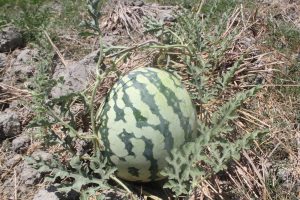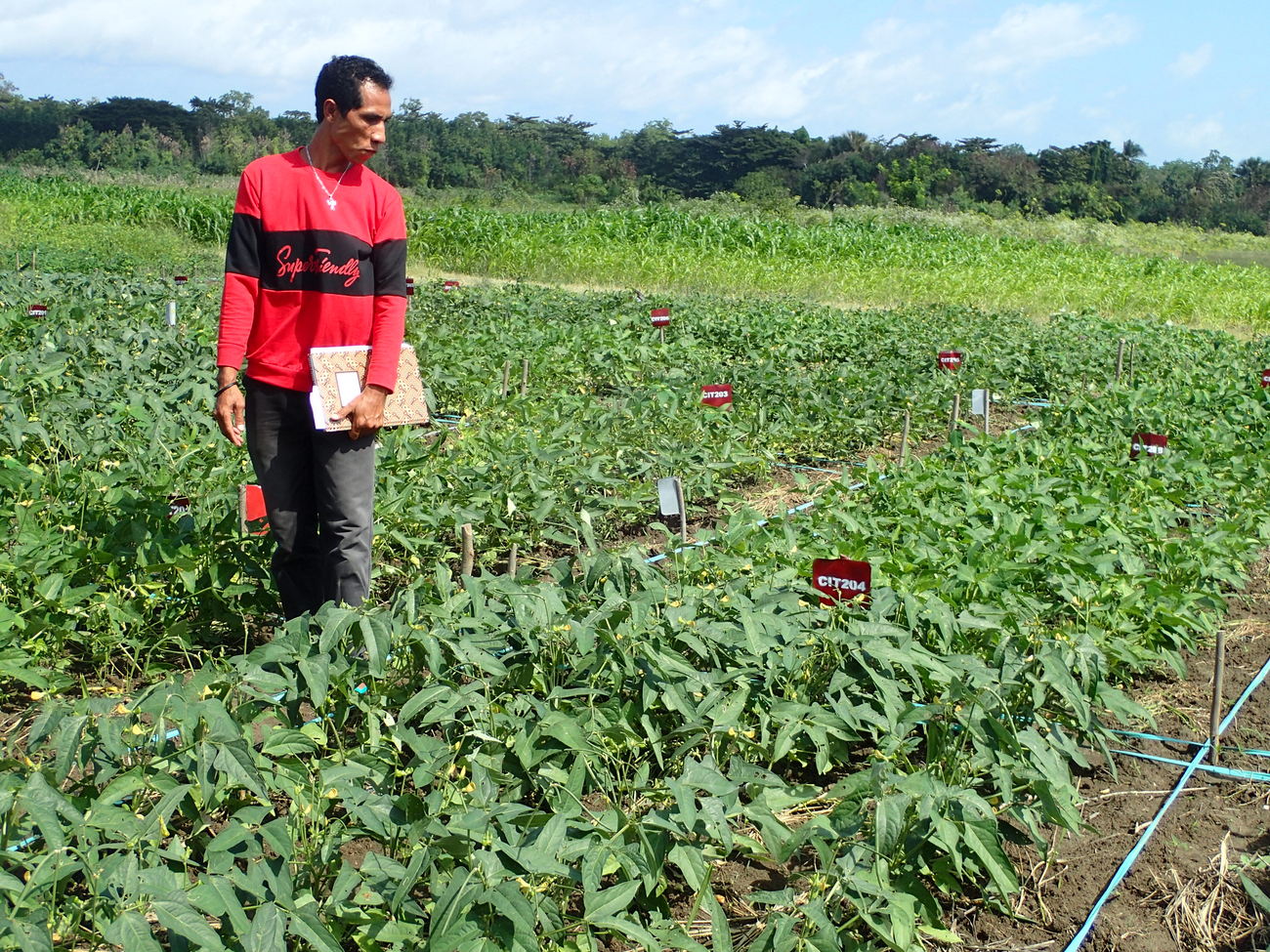Researchers from AI-Com spent last week in Natarbora, Manatuto municipality, beginning the planting out of sandalwood tree seedlings in a new one-hectare plantation developed together with the Natarbora technical agricultural school. But what exactly are we doing, and why are we doing it?
Sandalwood needs help to grow
We know that sandalwood is a semi-parasitic plant requiring the accompaniment of a host plant to thrive – it struggles growing alone, and we know that many efforts by Indonesian forestry workers in the 1980s and 1990s to revive Timor-Leste’s sandalwood population ran into trouble when unaccompanied seedlings died unexpectedly.
In the development trial, we’ve planed 0.26 hectares for first-stage experiments of the interaction between the sandalwood tree and its various potential hosts, which we explored in more detail in the research publication Sandalwood Production and Hosts in Timor-Leste.
In that research, we suggest using different supporting host species at different stages of the sandalwood’s growth, and in this trial, we’re using the forage tree legumes Sesbania grandiflora and Leucaena lecocephala as intermediate hosts, with Casurina equisetifolia as a long-term host. All three trees grow easily and commonly across Timor-Leste, and Leucaena, in particular, is commonly grown to feed cattle. The sandalwood tree fixes its roots to the roots of the hardy host tree, and draws nutrients from the host to grow.
The host trees were planted on 12 April, and one month on – when the 300 sandalwood seedlings were planted – 100 per cent of hosts have survived. The sandalwood and hosts have been carefully planted in a designed arrangement that alternates a row of the long-term host with rows containing alternating sandalwood and intermediate hosts – giving the new sandalwood the best possible chance of good growth.
Sandalwood needs help to germinate
AI-Com-supported researchers have been conducing experiments into sandalwood seed germination since August 2018. We know that part of what makes sandalwood hardy and resilient is that many of the seeds the treed drop remain dormant for several months – the seeds don’t all germinate at the same time, which is useful for a wild tree fighting for its survival, but less useful for researchers trying to grow 300 seedlings for a plantation.
Researcher Ida Pereira has conducted experiments in Liquica municipality testing different applications of GA3 plant hormone on sandalwood seeds, and testing different soaking times to determine the best combination of treatments to encourage seed germination. She’s figured out that soaking seeds for three days with a very small concentration of GA3 produces a lot of germinating seeds, and she successfully produced seedlings to supply the Natarbora plantation. Seedlings also came from Natarbora Agricultural High School student trials, and we have un-planted spares in case any of the seedlings die.
Sandalwood is valuable – in many different ways
We know sandalwood is a highly valuable tree, and one that’s endemic to the island of Timor – centuries ago, it grew wild and dense all over the island. The species that grows in Timor-Leste – known scientifically as Santalum – is highly prized for its oil, which offers significant potential for Timorese growers in the future.
Timorese sandalwood takes approximately 25 years of growth before reaching maturity – but due to years of theft, illegal logging and premature cutting, it’s unlikely any mature trees in Timor-Leste currently exist in the wild, and nevertheless the cutting of this wild sandalwood for sale currently isn’t legal in Timor-Leste. However, farming families are permitted to cut down sandalwood seedlings they plant – making this hundreds-strong, one-hectare research plantation very valuable for its ecological, scientific and economic potential into the future.




